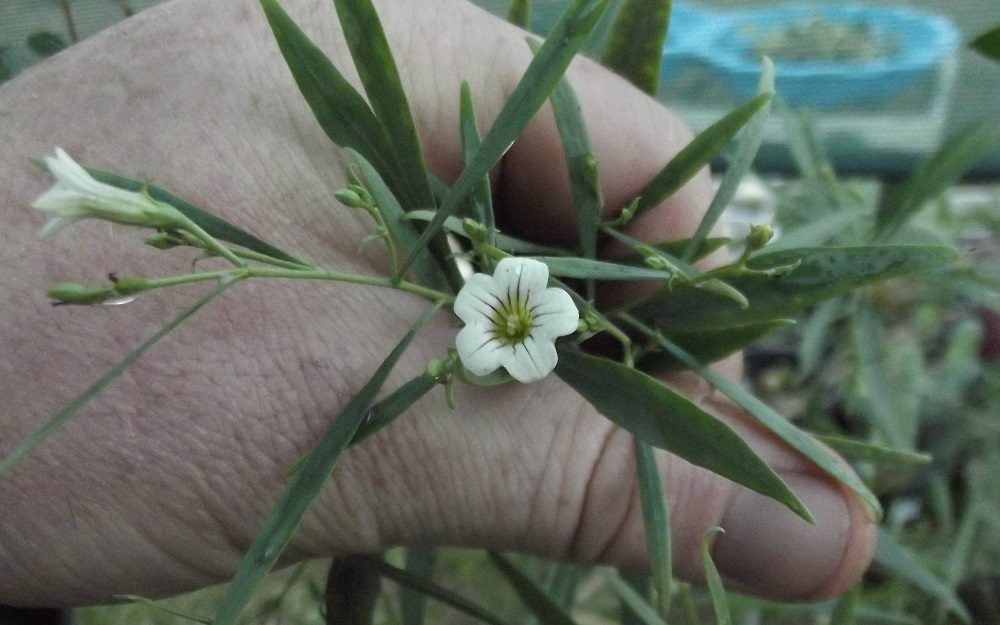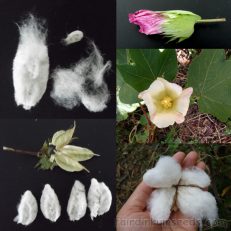Please read text!
Pituri Corkwood Duboisia Hopwoodii Seeds
Packet of 25+ seeds of this hard to grow and rarely seen native species.
When I say hard to grow, that doesn’t mean I have given up, just that I have killed heaps and learnt heaps about what doesn’t work…
When I say rarely seen, I mean rarely seen in your local garden center or nursery, not that it is a particularly rare plant in the wild.
What I have learnt about propagation.
When folks say they can take ages to germinate, they really mean it, and you shouldn’t ever give up on them. They MUST, have a well draining soil, and they must be planted out in an elevated position if you are going to grow them in an area that gets seasonal flooding, like I get here. If not, they will die, every single time….
This is the reason that these are not my own homegrown seeds, yet!
I killed most of my plants, and have bought these seeds in bulk to grow more, and to sell in the store as folks are always hitting me up for them. Always getting asked for them, so here they are folks.
I am told GA3 helps with germination. That is something I will be experimenting with this time, as my results without it last time were a bit hit and miss. *EDIT* 500-1000ppm is best in my latest trials.
Surprisingly mine seemed to perform best in partial shade, in and next to the greenhouse, not in full sun, but that could have been a soil issue to I guess?
That’s it, you now have all my wisdom on this species. Bugger all I know, but let’s hope I learn more with time.
Here is some data pinched from the internet>>>
Indigenous Australians mix the dried leaves of a small population of D. hopwoodii growing around the Mulligan River with wood ash to make a variety of pituri, the traditional Aboriginal chewing mixture. D. hopwoodii plants from this region are high in nicotine and low in the much more toxic drug nornicotine, whereas those found in some other parts of Australia can have very high levels of nornicotine and are sometimes used to contaminate water holes and stun animals to help in hunting. The paleontologist Dr Gavin Young named the fossil agnathan Pituriaspis doylei after the plant, as he thought he might be hallucinating, as though under the effects of pituri, upon viewing the fossil fish’s bizarre form.
Aboriginal Australians sometimes chew the nicotine-containing leaves of Duboisia hopwoodii mixed with wood ash for their stimulant and, after extended use, depressant effects. These trees are commercially grown for the pharmaceutical industry.




